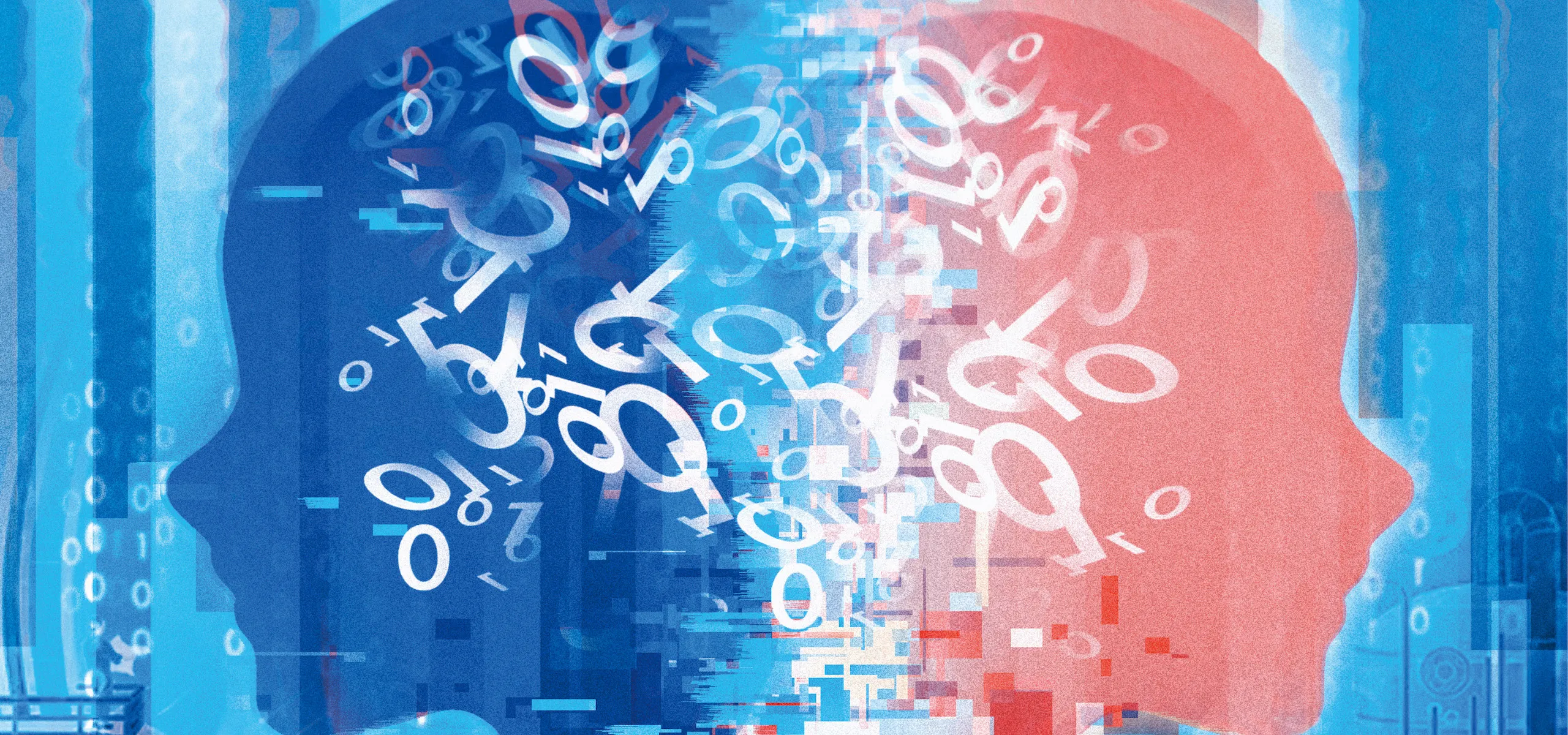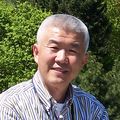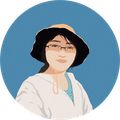Learn about this character for numbers, counting, and much more
How did one become a virtuous man in ancient China? Known as junzi (君子), the ideal man as envisioned by Confucius had to master the “six arts,” which were “rites, music, archery, charioteering, calligraphy, and mathematics (礼乐射御书数 lǐ yuè shè yù shū shù),” according to the Rites of Zhou (《周礼》), a work on politics and culture during Confucius’s time. This meant that in ancient times, knowing your math made you a gentleman.
First appearing in bronze script in the Warring States period (475 – 221 BCE), the character 数 (shǔ) was one of many Chinese terms meaning “to count.” The left part 婁 indicates pronunciation, while 攴 on the right, shaped like a hand tying a knot on a string, means to calculate, according to the second century’s Analytical Dictionary of Chinese Characters (《说文解字》). The character was simplified over centuries into its present form.
The character, when read in the fourth (falling) tone, also appears in a number of terms related to numbers, which are themselves called 数字 (shùzì). For example, the study of numbers is generally called 数学 (shùxué, mathematics), and mathematicians work with 整数 (zhěngshù, integers), 未知数 (wèizhīshù, unknown numbers), and 代数 (dàishù, algebra). You can use 次数 (cìshù) to refer to frequency, like 和朋友打电话的次数越来越少 (Hé péngyou dǎ diànhuà de cìshù yuè lái yuè shǎo, My calls with friends have become less and less frequent).
Read with the third tone, 数 (shǔ) can also mean “to calculate.” For example, 你去数数有多少学生 (Nǐ qù shǔshǔ yǒu duōshao xuéshēng, Please count how many students there are). The character also indicates quantity, which is 数量 (shùliàng). Stars in the night sky are countless, or 数不胜数 (shǔbúshèngshǔ), while something countable in small quantities is 屈指可数 (qūzhǐ kěshǔ)—which means “can be counted on one hand.”
When you want to express that something is numerous, but can’t give an exact number, 数 can be used to indicate “many” or “several.” 数百 (shù bǎi) means “hundreds,” 数千 (shù qiān) is “thousands,” and a big family can be described as 数口之家 (shù kǒu zhī jiā). The character can also be read as shuò, meaning “several times” as in the idiom 数见不鲜 (shuòjiàn bùxiān), which describes something that’s very commonly seen and is no longer novel.
Another meaning for the character is “to list.” For example, 历数 (lìshǔ) means to list a series of items one by one, 数落 (shǔluo) is to scold someone by enumerating their wrongdoings, and a 数典 (shǔdiǎn) is a list of historical tales. But you cannot recount history while omitting your ancestors, otherwise you will be criticized as 数典忘祖 (shǔdiǎn wàngzǔ), a term later used to scold those who forget their roots and origins.
数 can also mean to excel over others. If you want to praise Mr. Zhang as the best singer among your colleagues, you can say, “歌就数小张唱得最好听 (Gē jiù shǔ Xiǎo Zhāng chàng de zuì hǎotīng).” The top performer can be called 数一数二 (shǔyī shǔ’èr), as in 他的成绩数一数二 (Tā de chéngjì shǔyī shǔ’èr). By contrast, if someone is subpar, then they are 数不上 (shǔbushàng), or 数不着 (shǔbuzháo).
In classical Chinese, 数 was also used to indicate fate, as in the term 命数 (mìngshù). If a person’s days are numbered, then they are 气数将尽 (qìshu jiāng jìn); if they were born with a doomed fate, you can describe them as 在数难逃 (zàishù nántáo).
In the information age, 数 also refers to digital technology. As we live in a digital society (数字化社会 shùzìhuà shèhuì) and embrace big data (大数据 dàshùjù) and smart devices such as digital cameras (数字相机 shùzì xiàngjī), digital TVs (数字电视 shùzì diànshì) and digital phones (数字电话 shùzì diànhuà), we must not forget to count our blessings—or calculate the costs we pay for such conveniences.
On the Character: 数 is a story from our issue, “The Data Age.” To read the entire issue, become a subscriber and receive the full magazine.













